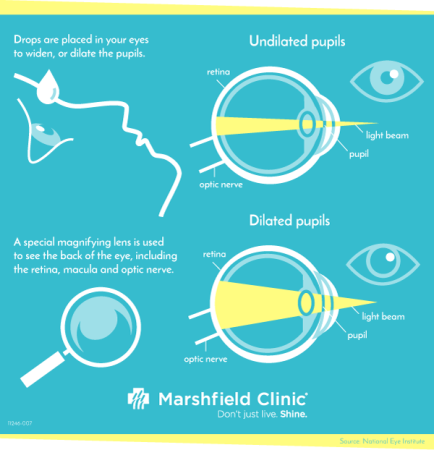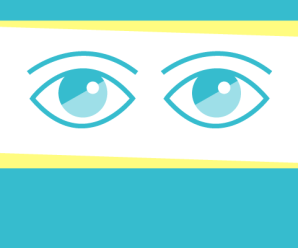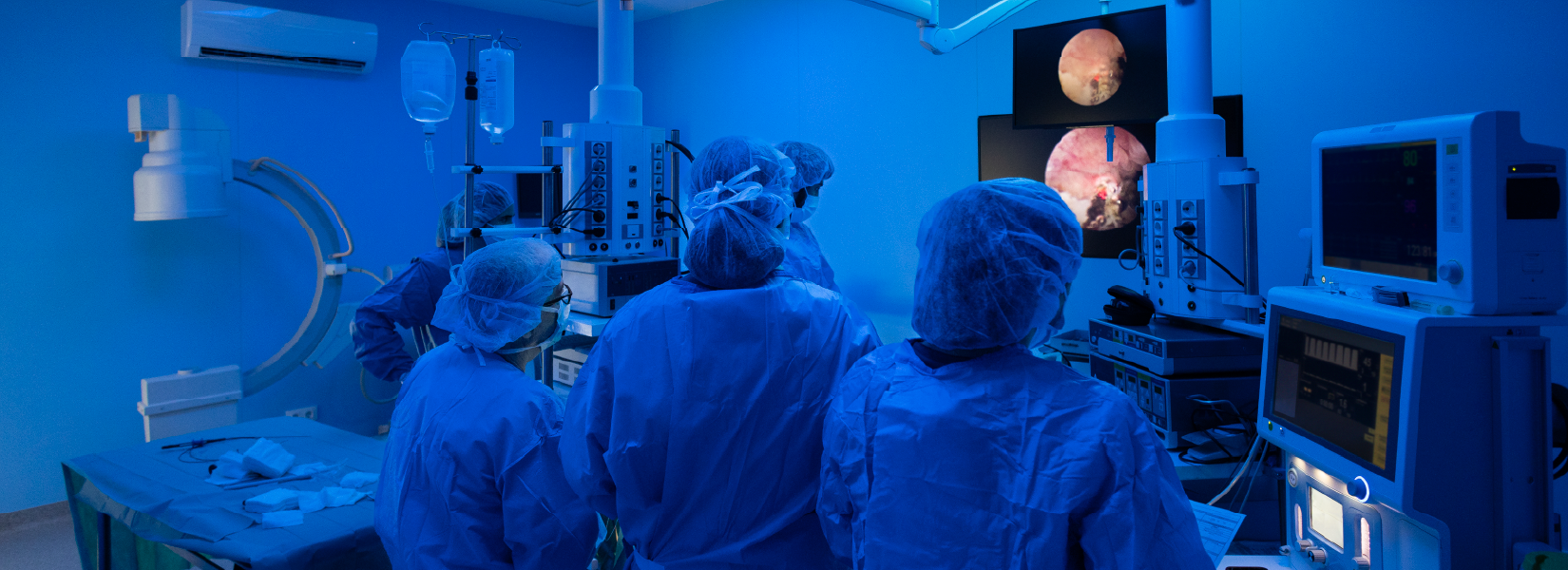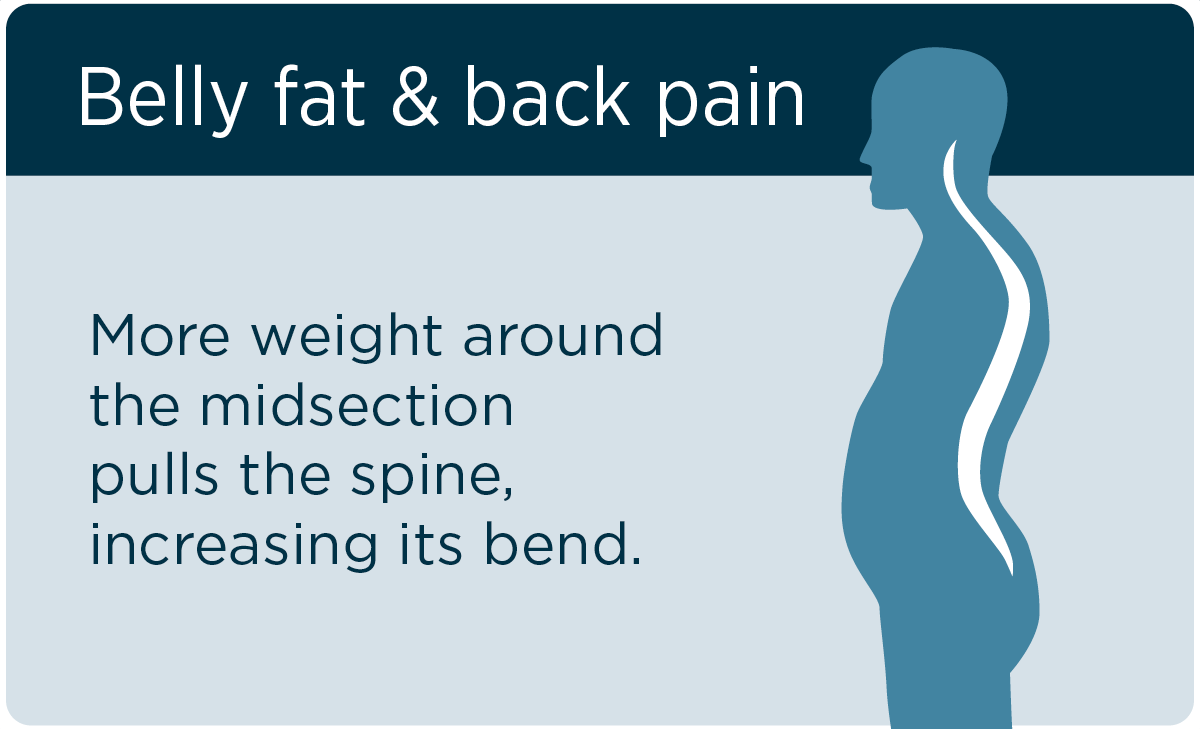Dilated eye exams are tests that help your eye doctor catch certain types of eye diseases early. Drops are placed in your eyes to widen the pupil. Then your doctor uses a special magnifying lens to see the back of your eye including your retina, macula and optic nerve.
“Looking through the pupil in an un-dilated eye is like looking through a key hole in a room,” said Dr. Brad Christopherson, a Marshfield Clinic optometrist. “It’s much easier to see everything by opening the actual door. Dilating the eye improves our chances of detecting even the smallest defects.”
Pros and cons of eye dilation
 As noted, the largest benefit of dilated eye exams is detecting problems otherwise difficult to catch. This exam can help detect:
As noted, the largest benefit of dilated eye exams is detecting problems otherwise difficult to catch. This exam can help detect:
• Diabetic retinopathy, the most common diabetic eye disease and a leading cause of blindness in the United States.
• Age-related macular degeneration, a common cause of vision loss and blindness in people over age 50.
• Glaucoma, a disease that damages the optic nerve that carries information from the eyes to the brain.
Light sensitivity and blurry nearsightedness are short-lived drawbacks of dilated eye exams. Far sightedness shouldn’t change so you can still drive home following your exam. Your eye care team can provide temporary sunglasses if needed.
The exam can help detect problems, most notably:
- Diabetic retinopathy, the most common diabetic eye disease and a leading cause of blindness in the United States
- Age-related macular degeneration, a common cause of vision loss and blindness in people over age 50
- Glaucoma, a disease that damages the optic nerve that carries information from the eyes to the brain
Young people need dilated eye exams too
Most young people assume their eyes are healthy and their vision is in good shape. But visiting your eye care team for regular dilated eye exams is the only way to be certain. Christopherson has detected small retinal tears or holes in people under the age of 20. Left untreated, these problems can result in severe vision loss.
You may also learn that glasses or contact lenses would improve your vision.
How often should you see your eye doctor?
Christopherson recommends dilated eye exams every two years for healthy kids and adults under age 40. For those over 40 with vision loss risk factors, he recommends yearly exams.
To schedule an eye exam, visit www.marshfieldclinic.org/appointments or call 1-866-520-2510.
Learn more in this video from Dr. Jill Dillon, Marshfield Clinic optometrist.
For questions about dilated eye exams, talk to a Marshfield Clinic Health System eye care provider.
Find an Eye Care provider Learn more about Optometry






Leave a Reply